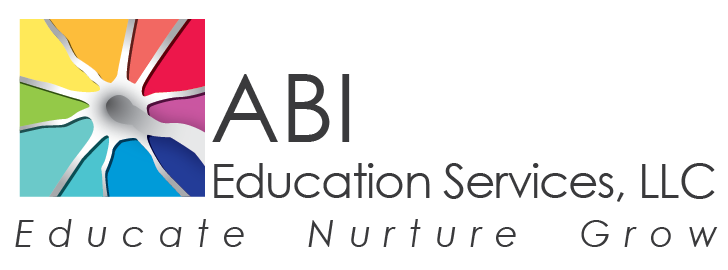Behavior can change after brain injury
Behavior can change in many ways after brain injury.
Behavior is ultimately social in nature. Behavior is a form of communication. Behavior problems after a traumatic brain injury or TBI can be difficult to understand.
Behavioral issues are prevalent after TBI. There are various reasons for this. The first is due to the damage caused by the injury to the brain. Another reason relates to how a student reacts to environmental situations in the classroom. Behavior patterns typically intensify after an injury.
Behavior can be divided into three categories: aggressive, explosive, and passive. These three behavior categories can reduce a student’s ability to productively learn. Examples of behaviors that can inhibit learning include: frustration, anger, disorganization, mood swings, withdrawing, avoidance, shutting down, non-compliance, disruptiveness, and impulsivity.
For example, a boy who was short tempered prior to his injury and frequently had fights on the playground, now expresses anger at inappropriate times and is no longer able to regulate his emotions. He becomes frustrated with a test question and rips up the exam and yells at his teacher.
Behavior Management Strategies
In order to for a student to reach his/her highest level of independence, it is important to reduce or eliminate the disruptive behaviors. Teachers and school professionals need to understand how to carry out effective behavior management techniques. Positive behavior management techniques provide students with strategies to independently work within the classroom.
Person-Centered Approach
A person-centered approach is an ideal strategy to manage problem behaviors because students are in control of managing their own behaviors. By using a person-centered approach, students can learn how to be pro-active, i.e., learning how to be responsible of their behaviors.
Positive Behavioral Supports
Behavior management depends on the interplay of three factors: Antecedent, Behavior, and Consequence (A-B-C Model). Behavior is best managed by eliminating situations that cause problem behaviors. A-B-C behavior management models focus on the principle of learning.
Each A-B-C model uses different learning principles and different methods of implementation. A few examples include: Differential Reinforcement, Rational Behavior Therapy, Applied Behavior Analysis and Antecedent Control Procedures (Positive Everyday Routines).
In-School Behavior Management Tools
Students can struggle in school after TBI.
The behavior change programs mentioned above promote learning and are similar to a student’s IBP (Individual Behavior Plan), which is implemented within a student’s IEP (Individual Education Plan). When problem behaviors impede a student’s learning process, developing an IBP is a first, if not essential step. A Behavioral Support Plan (BSP) can also be used when the student needs a moderate level of support. The IBP and BSP are most effective when they linked to effective instruction and an appropriate curriculum.
When an IBP or BSP is being developed, problem behaviors are identified and clearly defined. It is important to keep track of what classroom situations cause these behaviors and how often those behaviors occur. A checklist can be developed to help teachers understand and identify when positive/negative behaviors occur.
Components of behavioral checklists include:
identifying changes in behavior;
identifying the behavior (What are the behavior patterns? How long and how often do problem behaviors occur versus how long and how often do positive behaviors occur?);
measuring the behavior (Determining the cause of the problem behavior; identifying strategies to manage these behaviors and identifying whether or not the student is consistent in using positive behavior strategies) and;
evaluating the behavior management plan (What are the skills the student is learning to successfully managing his/her behavior? What are the barriers preventing successful completion of the behavior plan? Are the strategies being used effective in promoting positive change?).
It is important that the student and family help develop the behavior plan, as the plan should also be carried over to the home. The plan should complement the student’s learning style and needs to focus on the student’s strengths, needs, and preferences.
In addition to developing an IBP or BSP, it is also important to teach alternative behaviors. Strategies should be developed to support and reinforce positive, learned behaviors. Positive reinforcements can include rewards for work completed (token economy), and praise for a job well done (positive reinforcement).
Providing strategies is critical to help students with changes in behaviors after TBI.
Classroom accommodations can also help to reduce behavior issues. These include: a highly structured setting, limited unstructured time, a clearly stated agenda, a planner to help organize homework assignments, and preferential classroom seating.
Conclusion
Brain injury can wreck havoc on students’ education, life, and emotional state.
It is important schools are equipped to provide appropriate support and services to these students, those services guaranteed under the federal law. Training needs to be provided to school professionals on the unique emotional and behavioral needs of students with TBI. Effective behavior management strategies should be developed to help improve students’ quality of life and to help increase their future potential for success.
Author
Dr. Katherine Kimes is the President of ABI Education Services, LLC, a business focused on providing consultation, training, in-school support, and transition services to children, adolescents, and young adults with acquired brain injury. Dr. Kimes is also a Certified Brain Injury Specialist.

